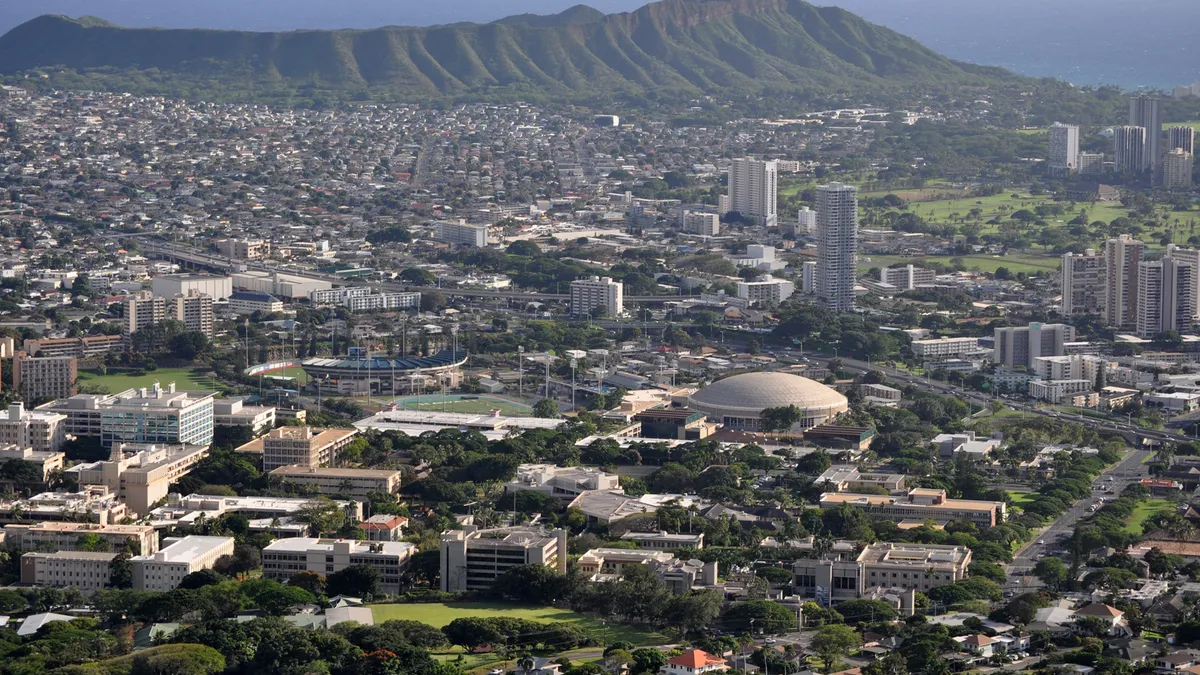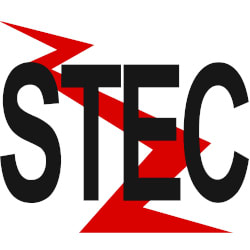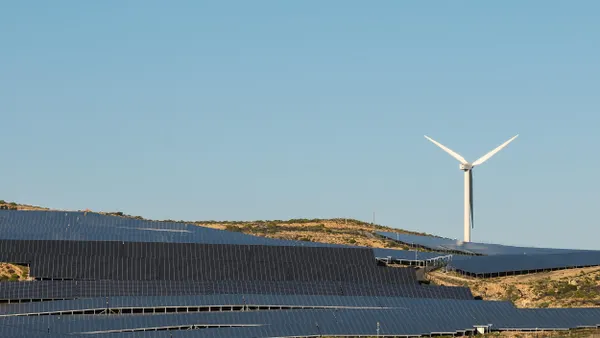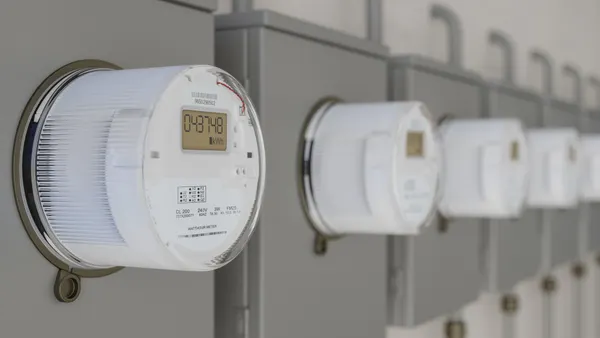Dive Brief:
- Hawaii's Public Utilities Commission last week opened a new docket to take a closer look at Hawaiian Electric's (HECO) interconnection processes and plans to retire fossil fuel power plants, after status conferences hosted by the regulators last year highlighted concerns around unnecessary delays and rising project costs.
- Hawaiian Electric's alleged lack of transparency around its interconnection processes creates "the potential for a significant setback to renewable energy development in this State," the PUC said in an order, adding that the delays could also jeopardize plans to retire a 180 MW coal-fired plant in Oahu, as well as the reliability of Oahu's grid.
- HECO is reviewing the PUC order, utility spokesperson Peter Rosegg said in an email. The retirements of the utility's fossil fuel plants in Oahu and Maui remain high priority, and "we continue to add renewable projects and battery storage to the grid so that these planned retirements can take place," he added.
Dive Insight:
The PUC conducted status conferences late last year to get a better understanding of how interconnection delays in Hawaii affect renewable energy projects, after which regulators concluded that the lack of transparency around HECO's interconnection processes is posing challenges to both project developers as well as the commission.
"From my perspective, there is a deep, deep frustration in the commission because of what they believe to be inadequate progress and action on a number of fronts when it comes to bringing more cost-effective renewable energy-plus-storage online," Marco Mangelsdorf, former president and currently responsible managing employee at ProVision Solar, said.
Last year, HECO subsidiary Maui Electric was hit with a legal complaint from the developer of a solar-plus-storage project approved by the PUC in mid-2018, which alleged that the utility had misrepresented timelines and created delays in the process.
There have been a number of instances where developers who have heavily invested in projects have walked away due to prolonged delays in the deployment process, Mangelsdorf said.
The new rulemaking will focus on reviewing and tracking the status of current projects, identifying near-term improvements to interconnection processes, as well as looking into ways to cost-effectively retire the 180 MW AES plant in Oahu, as well as the Kahului power plant in Maui and other fossil fuel facilities. The commission has instructed HECO to submit monthly reports on the status of all projects until they come online and identify and implement ways to speed up the interconnection of these projects.
"Hawaiian Electric's interconnection process ensures that new renewable technologies are added to the electric grid in a safe and cost-effective manner. We're already working with stakeholders to make improvements to the current process," Rosegg said, adding that the utility has more than tripled the amount of renewables on its system in the last decade and exceeded its 30% renewables portfolio standard goal for 2020.
Regulators will also continue reviewing the utility's plans to retire its fossil fuel plants, particularly the AES coal-fired plant in Oahu, which is scheduled to retire in 2022. The plant is HECO's largest generator, and serves 16% of peak demand in Oahu. The utility intends to replace it with solar, solar-plus-storage and wind generation. The proceeding will also take a closer look at HECO's plan to retire the 37.6 MW oil-fired Kahului plant by the end of 2024.
HECO will submit an update on the status and timelines of pending renewable projects to the commission by March 5, as well as detail the measures it is taking to reduce interconnection delays and a transition plan for retiring the Oahu plant. The PUC will hold another status conference on the matter after comments — due on March 25 — are filed in the proceeding.















